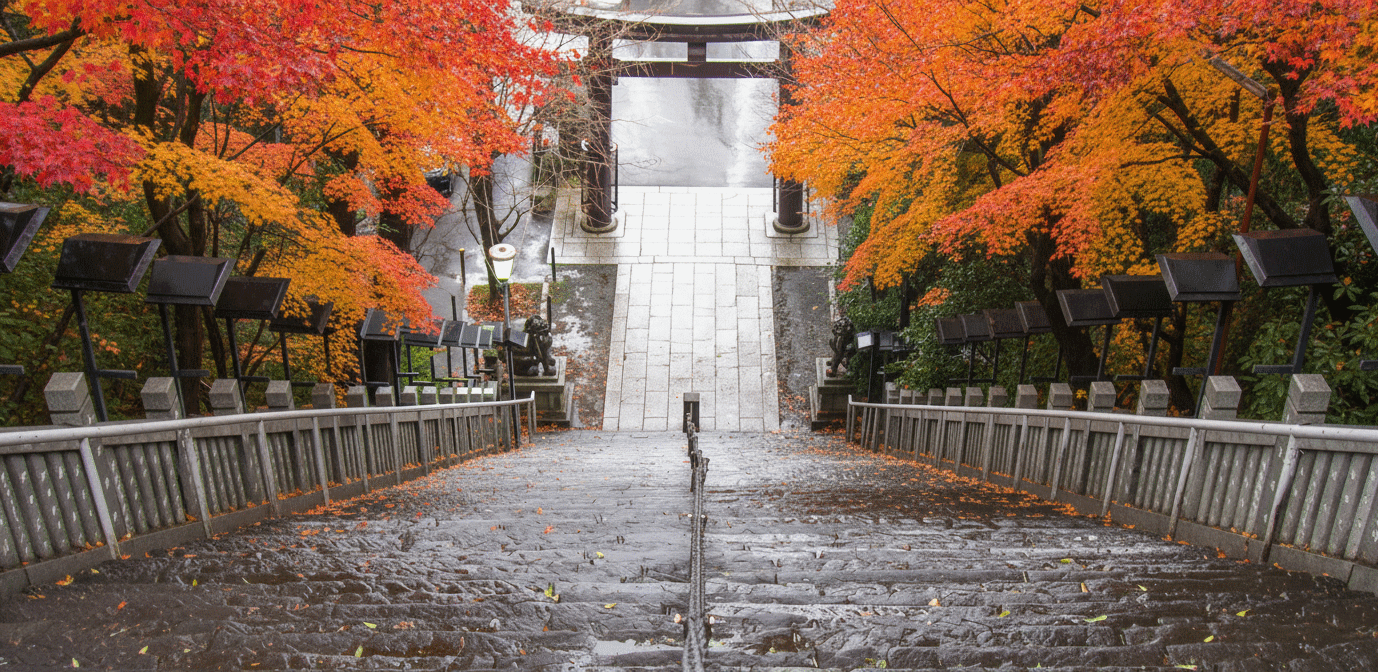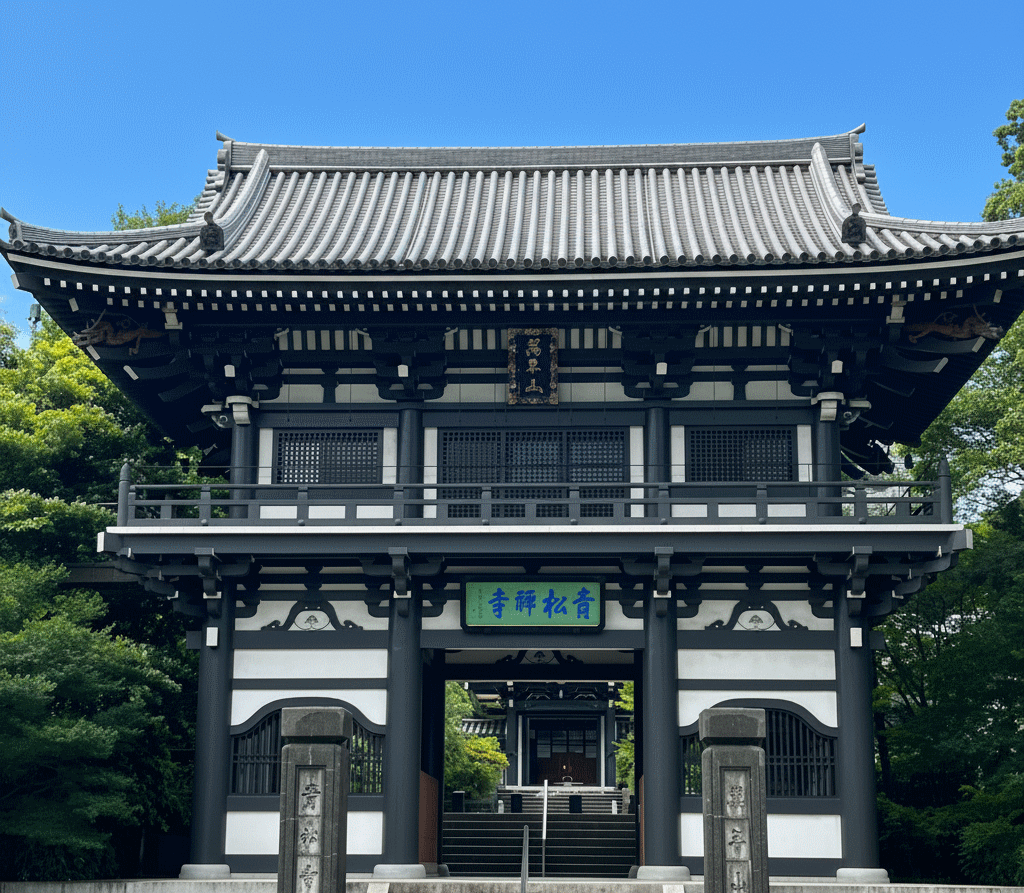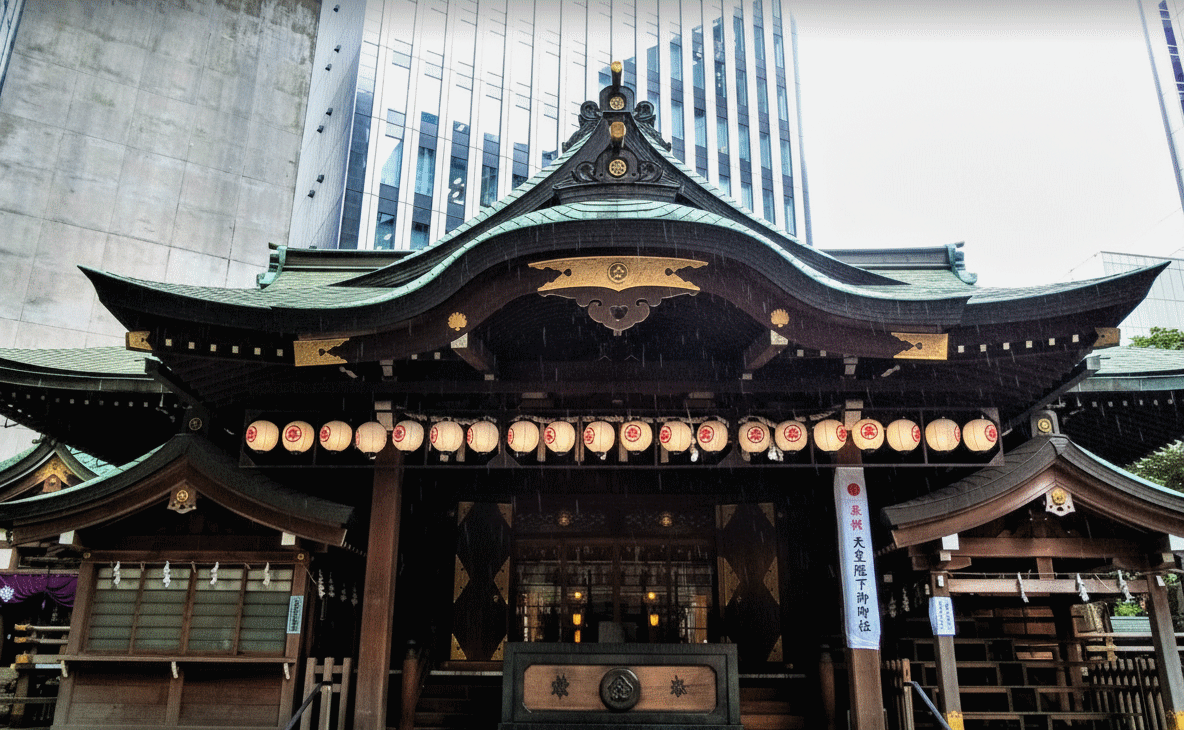The area surrounding Tokyo Tower holds far more intrigue than the obvious observation deck and surrounding tourist crowds suggest. Here are carefully curated discoveries that locals appreciate but many travelers overlook:
Culinary Retreats with Soul
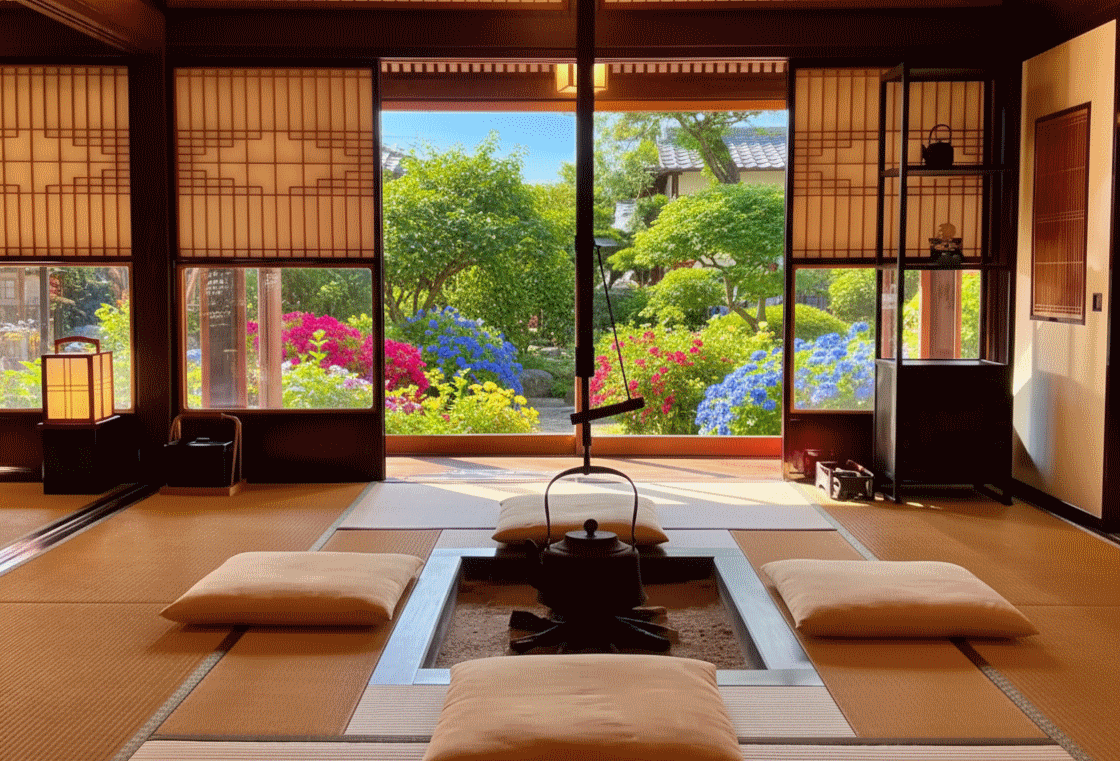
Tokyo Shiba Tofuya Ukai transcends typical restaurant experience. Located adjacent to Shiba Park at the foot of Tokyo Tower, this Michelin-starred establishment is housed within a transplanted 200-year-old sake brewery from Yamagata Prefecture within a samurai-era merchant's residence. The experience involves traversing a stunning Japanese garden complete with streams, koi, and lanterns to reach one of 55 private tatami rooms. The tofu-focused kaiseki menu showcases dishes like tosui tofu (served in soymilk and dashi soup) and age-dengaku (wood-charcoal fried tofu). While expensive (around ¥20,000), this represents less a meal than an immersion into Edo-period atmosphere.
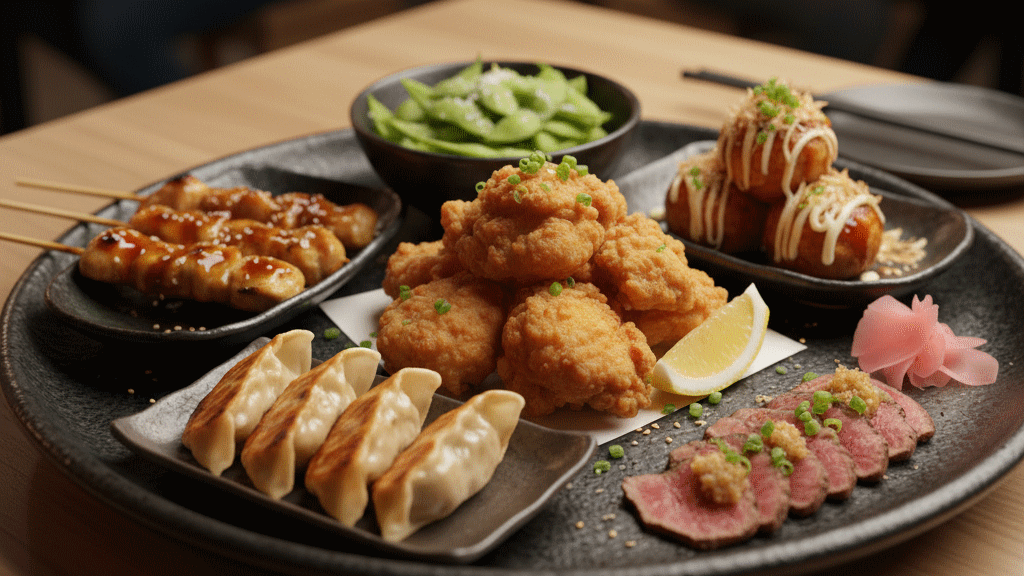
The Shimbashi izakaya alleyways remain remarkably authentic for central Tokyo. This historic drinking district preserves the salarymen culture of post-war Tokyo, with narrow alleys packed with tiny bars, smoky izakayas, and nostalgic yokocho (alley) clusters. The area's best-kept secret is that many establishments occupy spaces that have remained virtually unchanged since the 1950s, offering genuine local atmosphere rather than curated tourist experiences.
Unique Vantage Points and Photo Spots
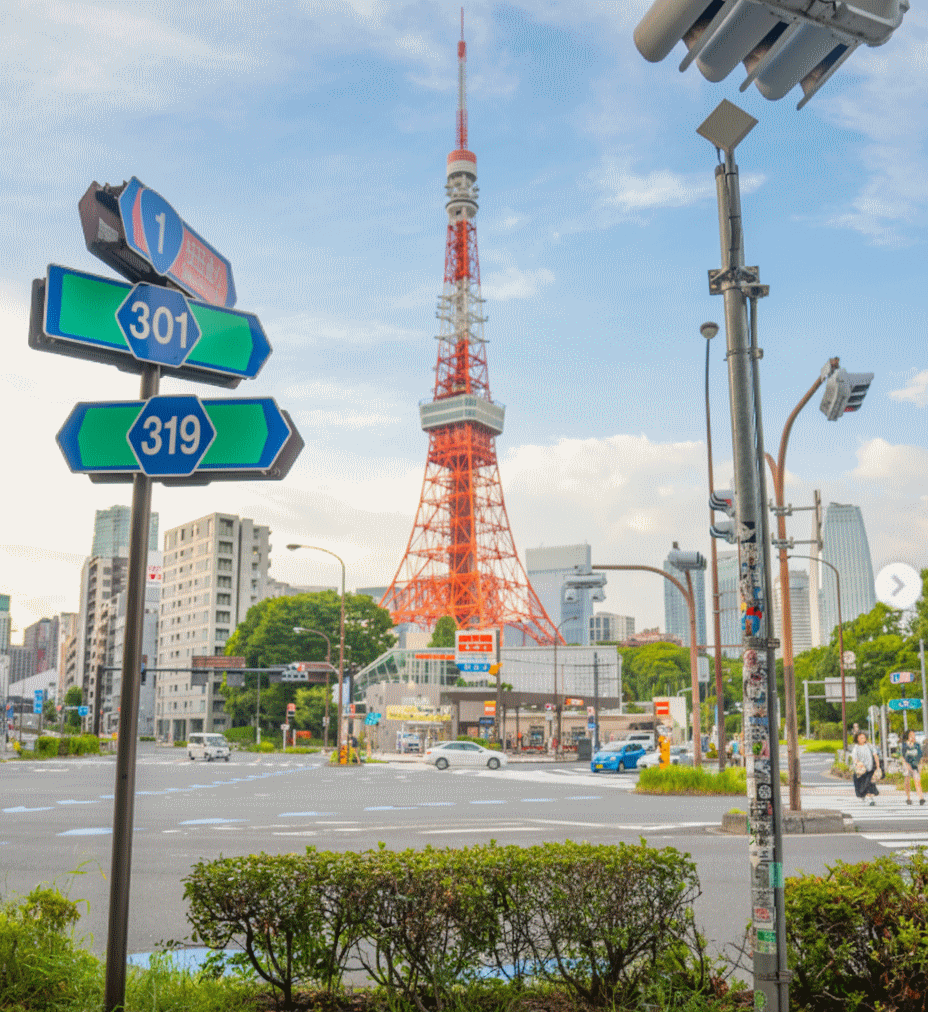
The Tokyo Tower Parking Lot Staircase has recently gone viral, but most locals discovered it years before Instagram made it famous. Located beneath street level near the restaurant Tofuya Ukai, this underground parking staircase's exit frames Tokyo Tower perfectly when photographed from the stairs looking upward, with the tower centered between the stairwell walls. Access from Akabanebashi Station (5-minute walk) remains the cleanest approach, avoiding traffic through the active parking area.
Tranquil Green Spaces with Purpose
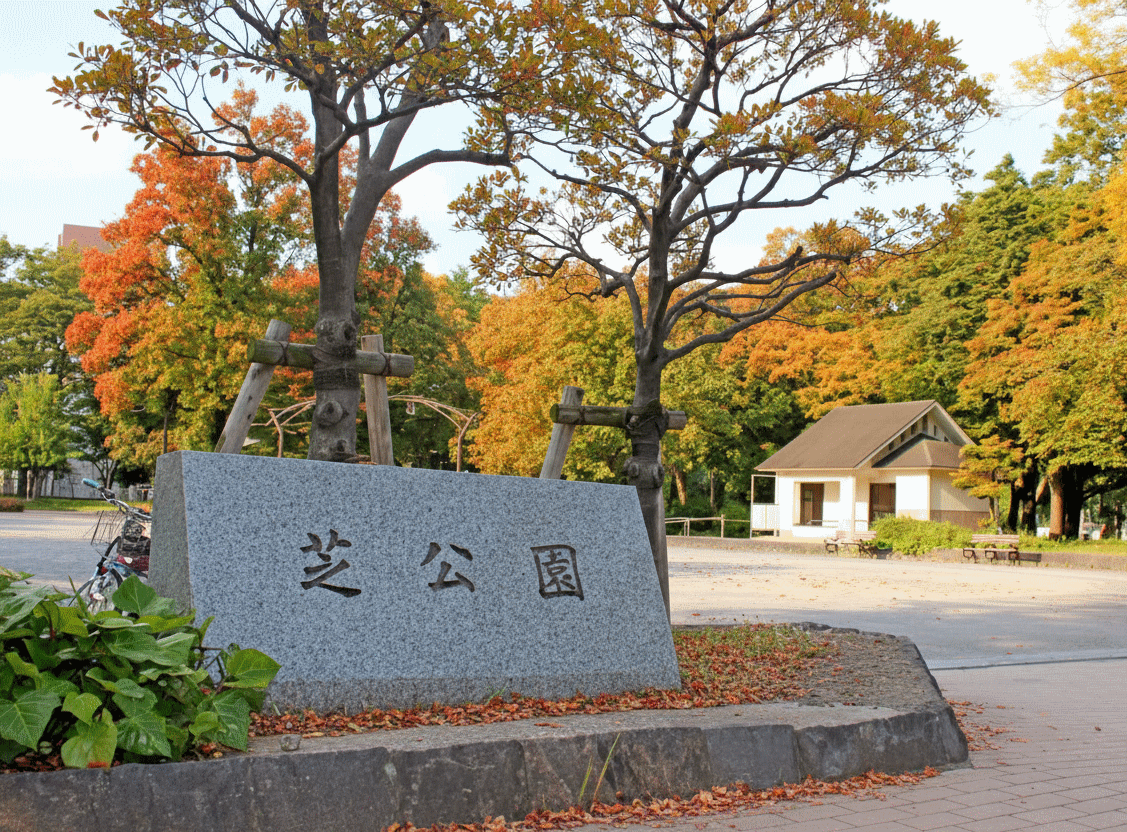
Shiba Park, established in 1873, contains surprisingly diverse features beyond its role as a Tokyo Tower backdrop. The park harbors Autumn Leaf Valley (Momiji-dani) that erupts in gold and red during autumn, Shiba Maruyama - one of Japan's largest ancient keyhole-shaped tombs - and the Shiba Tosho-gu Shrine with an enormous ginkgo tree planted by shogun Ieyasu Tokugawa. The least-visited sections reward exploration, particularly the winding trails through groves of camphor and zelkova trees.
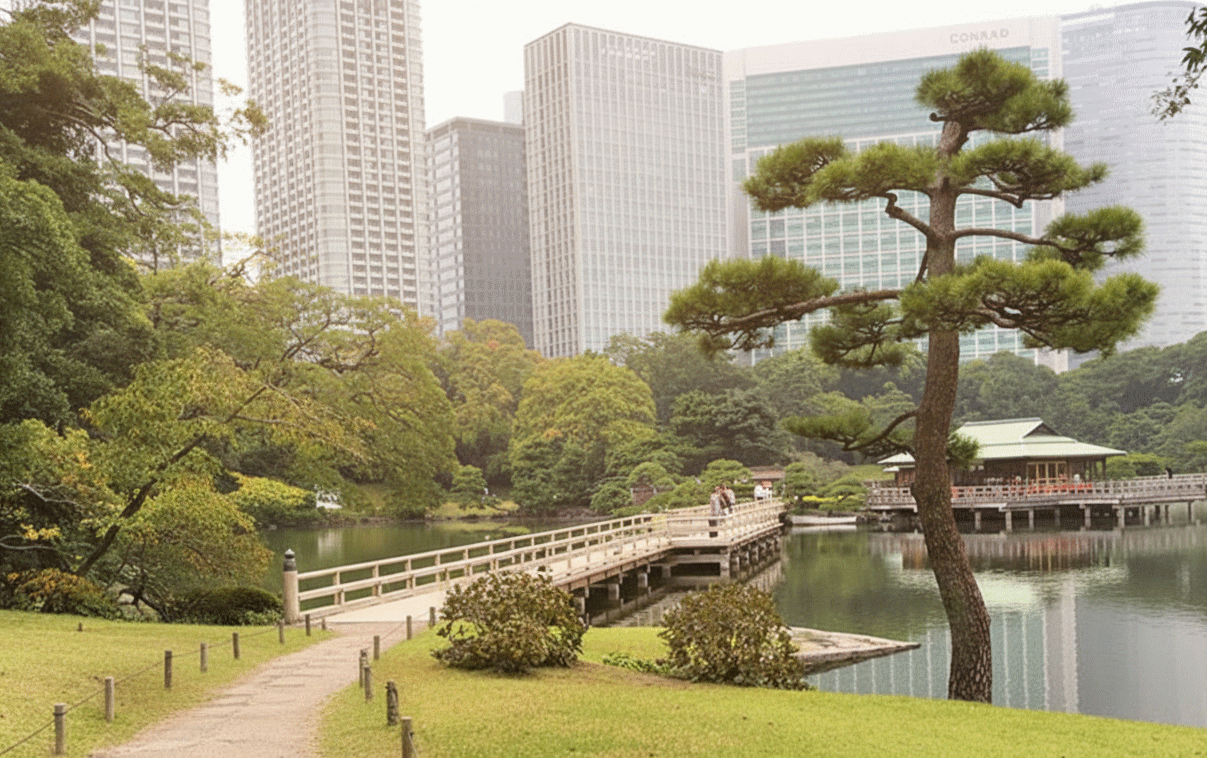
Hamarikyu Gardens, slightly farther afield but uniquely accessible, deserves consideration. This former shogun's villa from the 17th century features a distinctive seawater moat filled directly from Tokyo Bay. The gardens' most atmospheric experience involves the Nakajima tea house, where visitors can enjoy an intimate traditional matcha ceremony (¥510) while floating on the Shioiri pond and watching boats pass on the Sumida River - a rare moment of genuine stillness in central Tokyo.
Art and Design Spaces
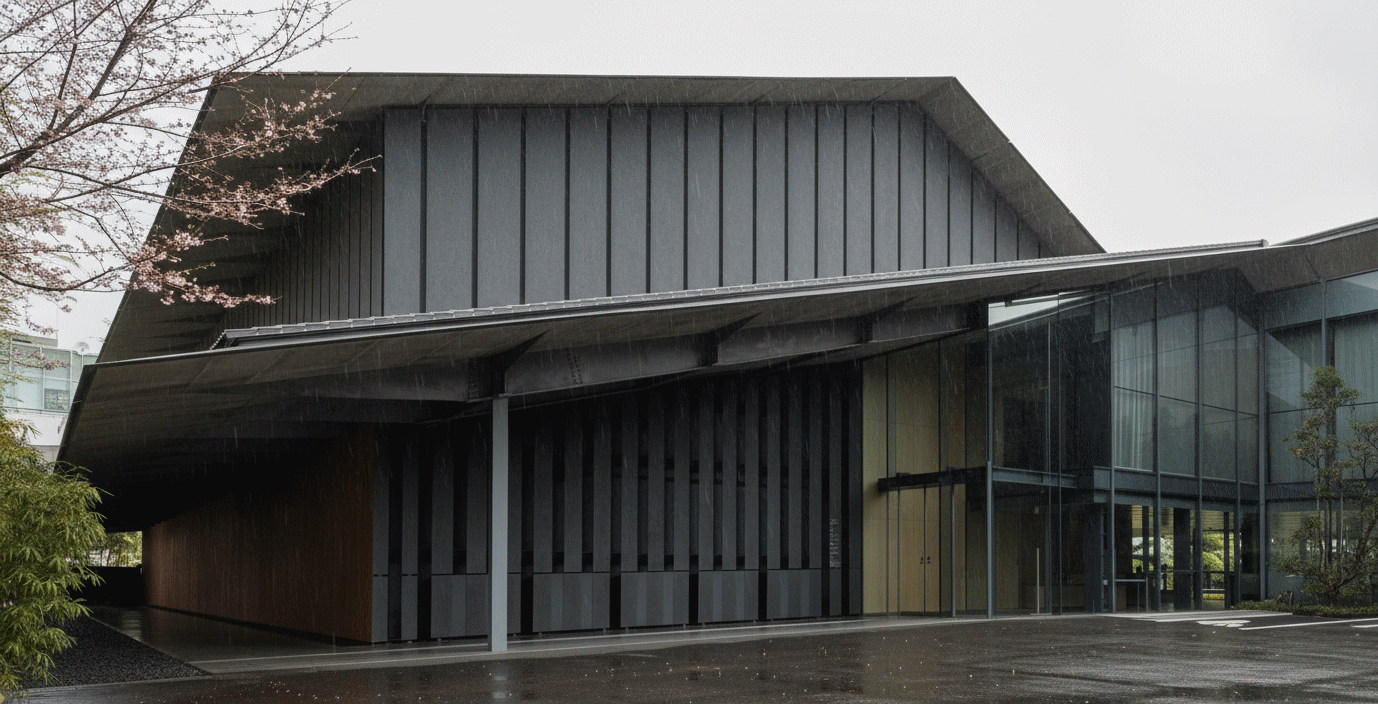
Nezu Museum transcends typical art museum status through its architectural significance and carefully curated Japanese garden. Designed by Kengo Kuma, the structure's bamboo-lined approach alone warrants the visit, with the garden featuring seasonal flowers and 11 cherry blossom varieties. The museum's collection of over 7,000 pre-modern Japanese and East Asian artworks includes national treasures like Ogata Kōrin's "Irises" screens, displayed each April-May during iris blooming season.
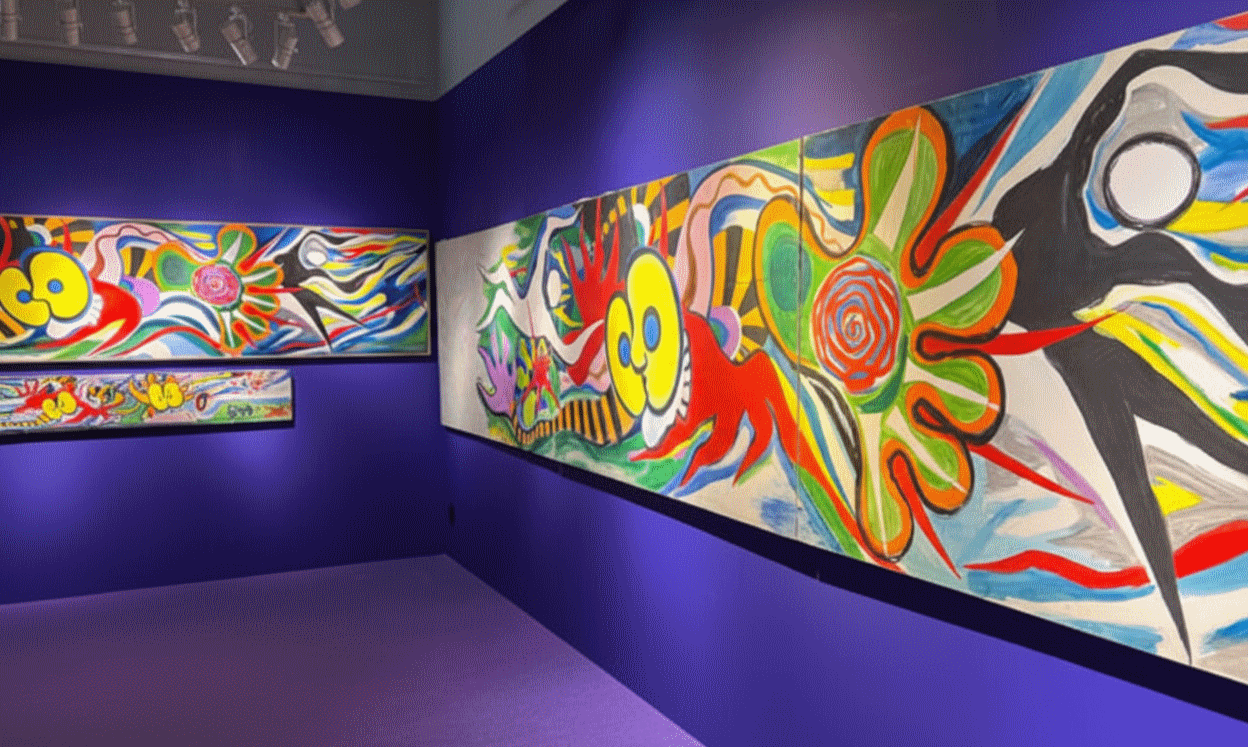
Taro Okamoto Memorial Museum attracts art enthusiasts but remains largely unknown to general tourists. The surrealist sculptor's former atelier features his avant-garde prehistoric-inspired sculptures placed among tropical plants, creating an unusual garden-museum fusion. The ¥650 admission fee seems almost absurdly low given the artistic caliber.
Local Neighborhoods with Soul

Azabu-Juban district - particularly the older shopping street - preserves a sophisticated balance of international and traditional Japanese character. Beyond the main thoroughfare, hidden side streets reveal intimate bars, artisanal craft shops, and cafes frequented by expats and locals. The neighborhood's unique topography of gentle hills and winding streets differs dramatically from Tokyo's typical flatness. The Azabu-Juban Noryo Festival in late August and the century-old Take-no-Yu Onsen public bathhouse offer authentic local experiences.
Specialty Experiences
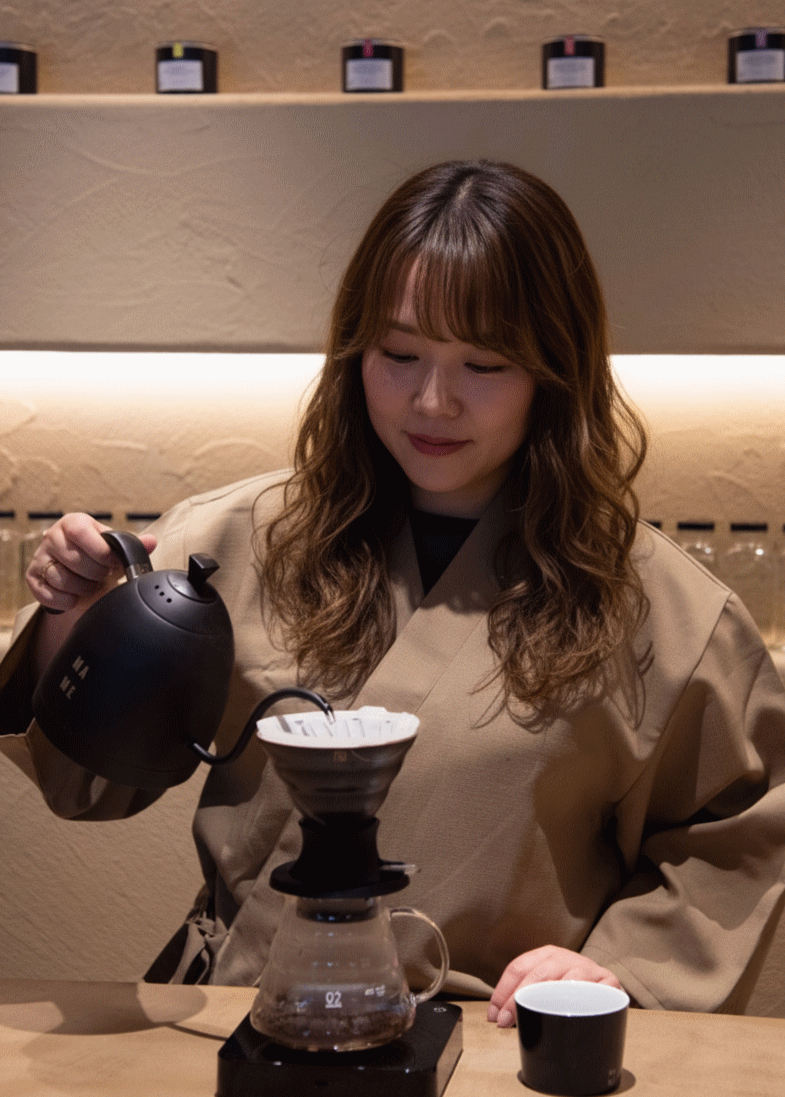
Kuro Mame in nearby Kamiyacho represents a new breed of Tokyo coffee culture - a tasting room rather than café where a World Brewers Cup-winning barista curates personalized coffee selections omakase-style. The takeaway window offers accessible pricing, but the reservation-only dine-in experience starting at ¥4,000 provides insight into contemporary Japanese hospitality.
Minimal The Specialty in Azabudai Hills offers a unique chocolate-focused afternoon tea experience, including rare opportunities to sample cacao liquor tastings paired with sake.
Access Strategy
The Akabanebashi Station (Toei Oedo Line) serves as the ideal entry point to this ecosystem, placing visitors minutes from Atago Shrine, Seishoji Temple, Tokyo Tower's parking lot staircase, and Shiba Park's lesser-known corners. A deliberate morning visit to these interconnected sites allows for spiritual refreshment before the crowds arrive, creating a profoundly different Tokyo Tower experience than the typical daytime tower ascent.
The Common Thread
These gems share a common thread: they require intentionality to discover. Unlike Tokyo Tower itself, which announces itself immediately, these authentic experiences reward those willing to wander quieter streets, climb hidden staircases, and pause in seemingly ordinary spaces where locals still gather unbothered by tourism's relentless march.
